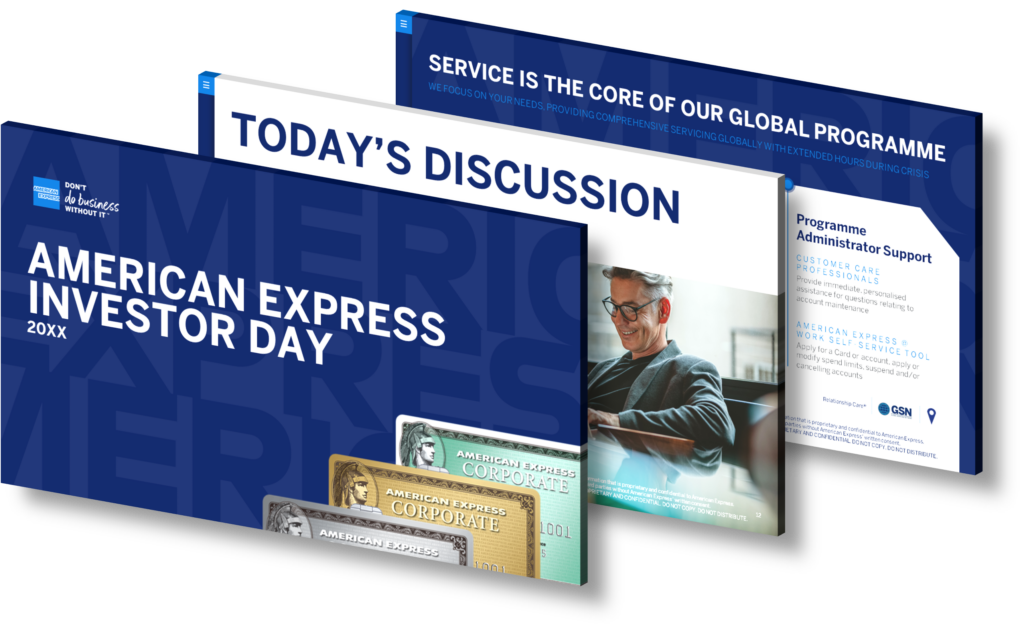Creating an impactful poster for a conference presentation requires a balance of good design and clear, concise information. Here’s a step-by-step guide to help you achieve this:
1. Understand Your Audience
Before you start the design process, take some time to understand your audience. What are their expectations and interests? What kind of information will they find valuable? Once you’ve answered these questions, you can tailor your poster’s content and design to suit your audience.
2. Determine the Key Points
Identify the most important points from your research or presentation that you want to communicate through your poster. The key is to keep it concise and easy to understand. Remember, a poster is not a full paper; it’s a visual summary.
3. Use a Clear and Logical Layout
Arrange the content in a logical sequence, going from top to bottom and left to right. You can use columns, sections, or blocks to segment different parts of your content. Ensure there is enough white space to prevent the poster from looking cluttered.
4. Design with Impact
Use colors, fonts, and images strategically. Make sure your title is large and easy to read from a distance. Use high-quality images and diagrams to support your points. However, be careful not to overdo it. The design should enhance the information, not distract from it.
5. Edit and Proofread
Always proofread your work for any grammatical errors or unclear phrases. If possible, get feedback from others. They might spot mistakes or confusing areas that you’ve missed.
6. Practice Your Presentation
Although your poster can communicate a lot, you’ll still need to explain and expand on points when viewers ask. Practice your presentation to ensure you can clearly and confidently describe your research.
If you need professional help, SlideGenius offers expert design services for conference posters. Our team of designers can transform your research into a visually striking and easy-to-understand poster that engages and informs your audience.
View Our Presentation Portfolio










